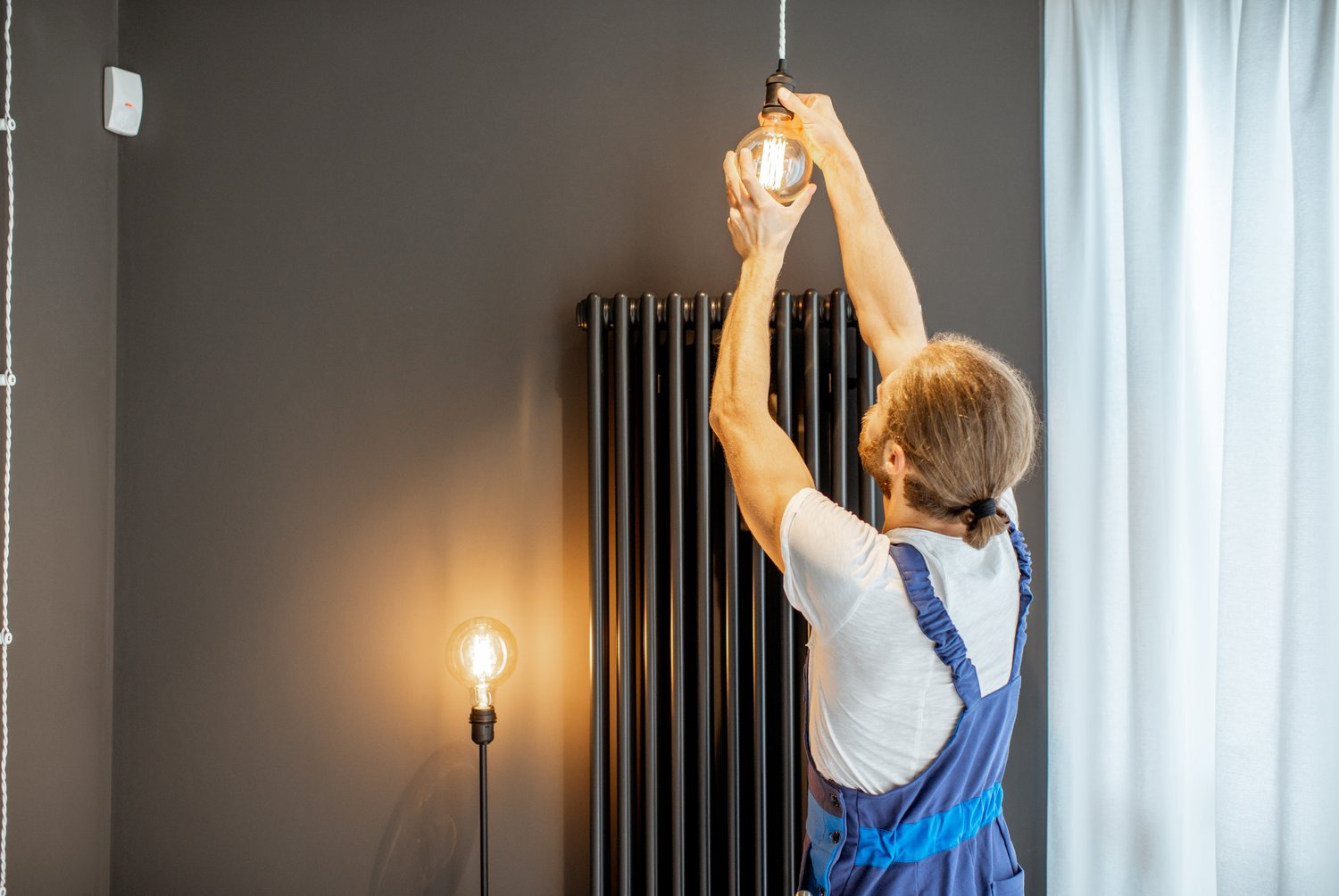Transforming your home with smart lighting is one of the most accessible and impactful steps into the world of home automation. These intelligent systems go far beyond simply illuminating spaces, offering unprecedented control over your home’s ambiance, energy consumption, and everyday convenience. In this guide, we’ll explore the compelling benefits of smart lighting, examine the various options available on the market, and provide practical advice for beginning your upgrade journey – from selecting the best smart bulbs to integrating them into your existing home setup.
Understanding Smart Lighting Systems
Smart lighting refers to light fixtures and bulbs that can be controlled remotely through smartphones, voice assistants, or automated scheduling. Unlike traditional lighting, these systems connect to your home’s Wi-Fi network or a dedicated hub, allowing for personalized control from anywhere. The technology behind smart lighting has evolved significantly in recent years, making the upgrade to smart lights more affordable and user-friendly than ever before.
The foundation of any smart lighting system typically begins with the bulbs themselves. The best smart bulbs on the market offer various features including dimming capabilities, color changing options, and energy monitoring. Brands like Philips Hue, LIFX, and Wyze have become household names, each offering unique advantages depending on your specific needs and budget. Some systems require a central hub that acts as a command center, while others connect directly to your Wi-Fi network for a more straightforward setup.
Beyond individual bulbs, comprehensive home automation lighting systems can include smart switches, motion sensors, and integration with other smart home devices. This interconnectedness creates a truly intelligent environment that responds to your presence, time of day, or specific commands – enhancing both the functionality and atmosphere of your living space.
Key Benefits of Smart Lighting
The advantages of upgrading to smart lights extend far beyond the novelty factor. Energy efficiency stands as one of the most significant smart lighting benefits. These systems allow precise control over when and how your lights operate, eliminating wasted electricity from forgotten lights left on. Many smart bulbs are LED-based, which already consume significantly less energy than traditional incandescent bulbs. When combined with scheduling features and motion detection, households typically see noticeable reductions in their energy bills.
Convenience represents another compelling reason to make the switch. Imagine arriving home with your arms full of groceries and being able to illuminate your path with a simple voice command. Or consider the comfort of turning off all household lights from your bed without making the rounds to each switch. These quality-of-life improvements may seem small individually, but collectively transform how you interact with your home environment.
Customization capabilities elevate your home’s ambiance to new heights. Smart lighting systems allow you to adjust brightness levels and, with certain models, change colors to match activities or moods. Create a warm, dim setting for movie nights, bright white light for productive work sessions, or colorful scenes for entertaining guests. Some systems even allow you to program lighting recipes that activate with a single command or automatically at designated times.
Security benefits shouldn’t be overlooked when considering smart lighting. With remote control capabilities, you can create the appearance of occupancy while away from home by programming lights to turn on and off at random or set intervals. Many systems can be integrated with security cameras and motion sensors, illuminating potential threat areas automatically. As experts at AskHomey point out, this layered approach to home security provides peace of mind without requiring expensive monitoring services.
Getting Started with Smart Lighting
Beginning your smart lighting journey doesn’t require an immediate whole-home conversion. Starting small with a few strategic bulbs or fixtures allows you to experience the benefits while learning what works best for your lifestyle. Consider areas where you spend the most time or would benefit most from automation, such as entryways, living rooms, or bedrooms.
Compatibility should be a primary consideration when selecting components. Ensure your chosen system works with your existing technology ecosystem, whether that’s Amazon Alexa, Google Home, or Apple HomeKit. This integration enables seamless voice control and coordination with other smart devices.
Installation complexity varies across systems. Some smart bulbs simply screw into existing fixtures and connect via an app, while others may require more technical setup with hubs or electrical work. If you’re uncomfortable with electrical modifications, many entry-level options require no wiring changes at all.
Budget planning helps prevent overspending as you build your system. While the initial investment in smart lighting may exceed traditional options, the long-term energy savings and extended lifespan of LED smart bulbs often offset these costs over time. Consider starting with a starter kit that includes essential components at a bundled price before expanding.
As your comfort with smart technology grows, you can gradually expand your system to include additional rooms or features. Many homeowners find that after experiencing the convenience and customization of smart lighting in one area, they’re eager to implement similar solutions throughout their homes.
For more tips and to connect with reliable home service professionals, follow AskHomey on Facebook and Instagram.



